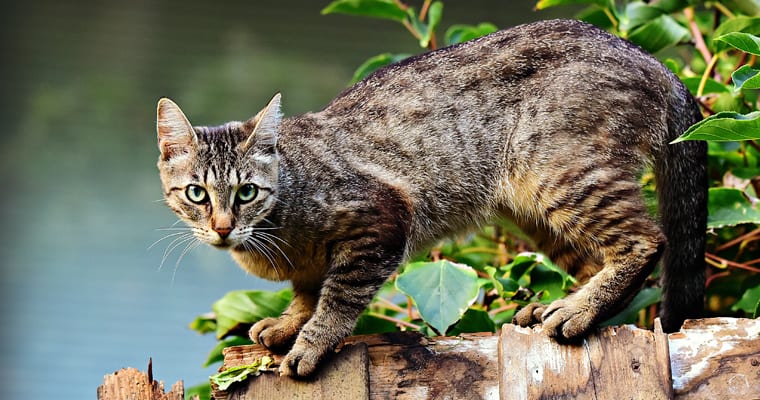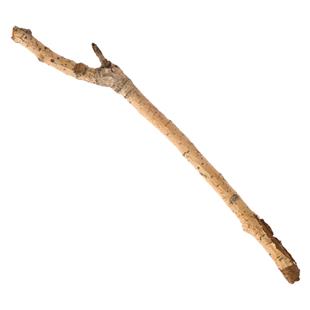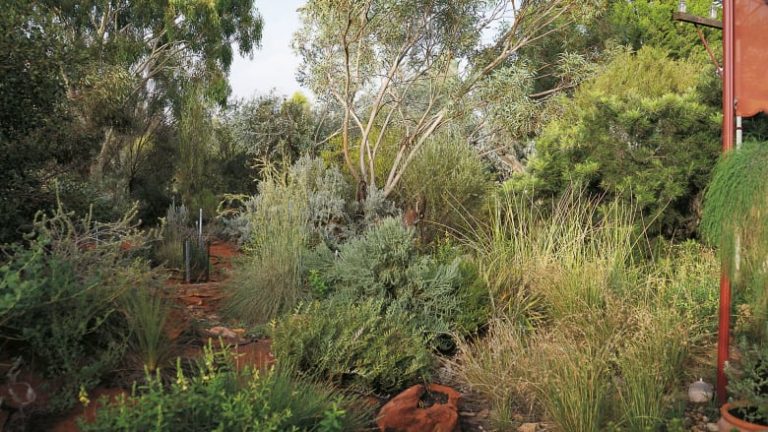Most of the stories we post on the subject of roaming domestic cats are sourced from publications outside the Lake Macquarie area. They are relevant because the content is of a broad nature that applies to most towns and cities across Australia. In case we need reminding that these acts of aggression by cats somehow don’t apply around here, this story puts paid to that.
Catherine Wroe operates the Native Bird Rescue & Rehabilitation service on the western side of Lake Macquarie. This is a wonderful community resource. Catherine is known for her calm and non-judgemental manner, providing the community with a lifeline for injured wildlife. Birds have a much better chance of surviving if they come to Catherine rather than going straight to the vets unless they need euthanising – it’s very stressful for wildlife at vet clinics, and they often don’t get examined for quite a while. Catherine can generally treat them at her place or take them to the vets if necessary.
In: The Coal Point CATaclysm, Catherine writes about cats in our community (published in The Coal Point Chronicle, Newsletter of the Coal Point Progress Association Inc., March 2023). https://coalpointprogress.blogspot.com/2023/03/
“I’ve mainly only cared for birds and blue-tongued lizards attacked by cats, but I have rescued other species and passed them onto other carers. The birds include most species that are found around here, and young birds are particularly at risk because they aren’t able to fly so well and their fear response hasn’t fully developed.
Birds include eastern rosellas, king parrots, grey and pied butcher birds, magpies, kookaburras, tawny frogmouths, noisy miners, wattlebirds, sacred kingfishers, dollarbirds, quail, scarlet honeyeaters, owlet nightjars, crested pigeons, rainbow and scaly-breasted lorikeets, plovers, figbirds and satin bowerbirds. Other animals I’ve rescued/picked up after being attacked by cats are ringtail and young brushtailed possums, sugar gliders, and feather-tailed gliders. And of course, there’s lots of little skinks, antechinus, and snakes that are attacked or killed that aren’t reported.
Animals don’t have to be injured to die from cat attacks. The bacteria in cats’ saliva is fatal to wildlife, so just being held in a cat’s mouth can cause an infection that will kill them. Therefore, whenever any wildlife is suspected of being attacked by a cat, they require antibiotics. Also, cats often don’t bring wildlife home, so many animals die without their owner’s knowledge.”
If you have injured wildlife call Catherine Wroe 0412 093 030.



